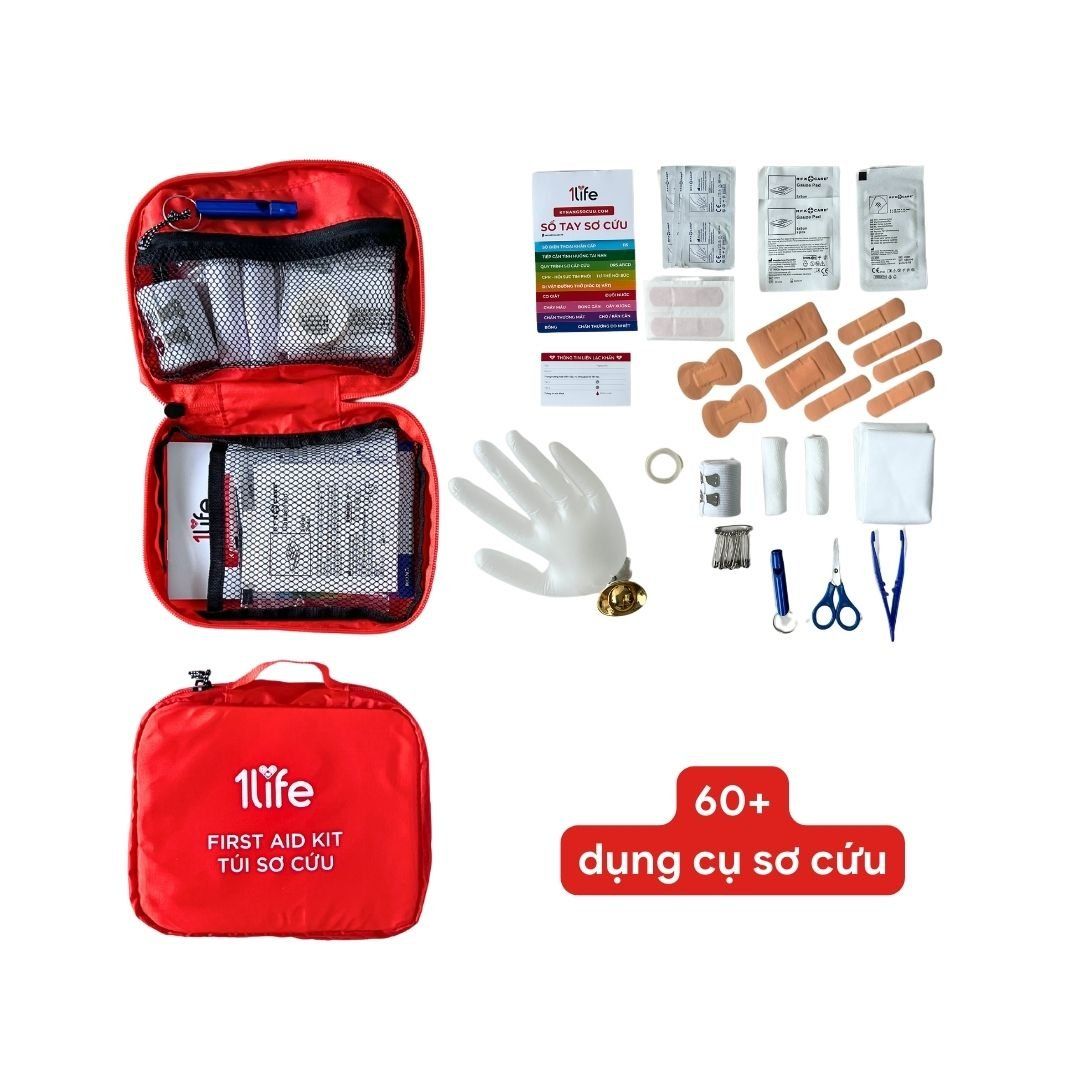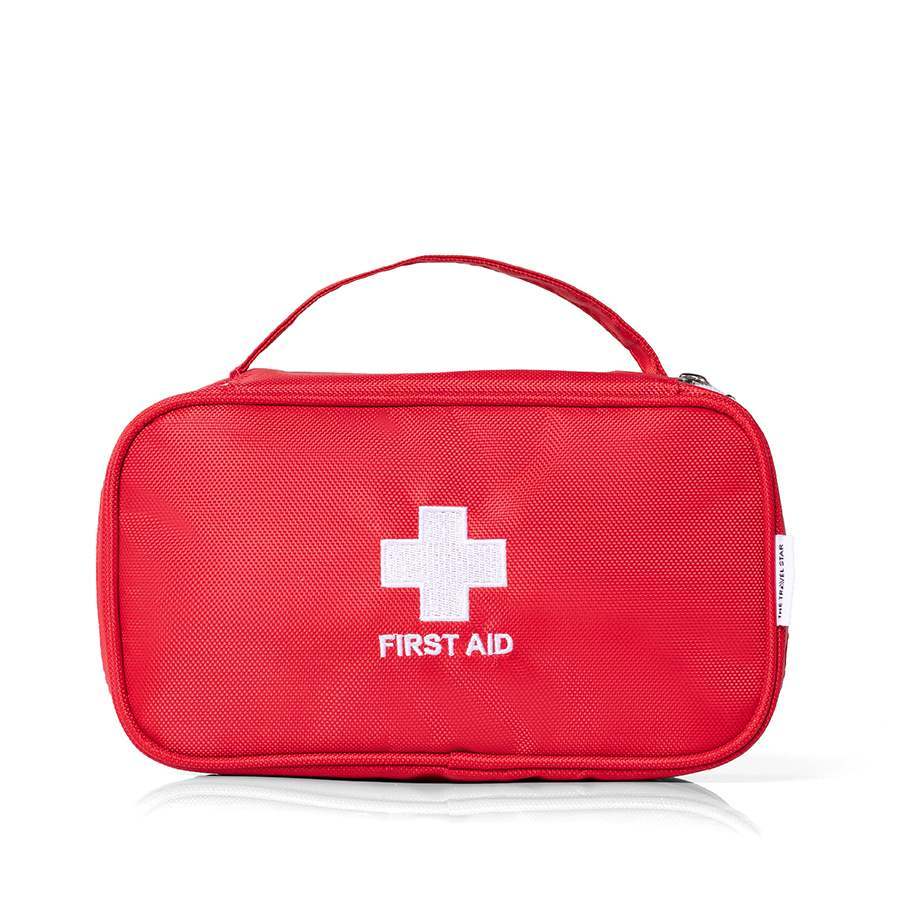The Ultimate Guide to Packing a Travel First Aid Kit: Stay Safe and Prepared
When you’re traveling, whether it’s for business or leisure, safety should always be a top priority. One of the easiest ways to ensure you’re prepared for unexpected situations is by packing a travel first aid kit. Having the right supplies on hand can help you deal with minor injuries, illnesses, and emergencies, allowing you to focus on enjoying your trip.
:max_bytes(150000):strip_icc()/tl-best-first-aid-kits-tout-8348396fba0544dfa542b2f22e56f5aa.jpg)
Why You Need a Travel First Aid Kit
A travel first aid kit is more than just a precaution – it’s a necessity. Whether you’re hiking in the mountains, exploring a bustling city, or simply lounging on the beach, accidents can happen at any time. A well-packed first aid kit can help you manage injuries and ailments, ensuring you stay healthy and comfortable throughout your travels.
The good news is, you don’t need to pack an overwhelming amount of items. The key is to pack essentials that cover common medical situations.
Key Items to Include in Your Travel First Aid Kit
1. Basic Medical Supplies
First and foremost, your kit should include basic medical supplies to treat cuts, scrapes, and bruises. Some essential items to pack include:
- Band-aids: A variety of sizes for different types of wounds.
- Gauze pads: For covering larger wounds or applying pressure to stop bleeding.
- Medical tape: To secure gauze or bandages.
- Antiseptic wipes: To clean wounds and prevent infection.
- Cotton balls/swabs: For cleaning and applying ointments.
Having these basic supplies on hand will allow you to manage minor injuries quickly and effectively.
2. Pain Relief and Medication
You never know when you might experience a headache, muscle pain, or other discomforts during your travels. Including the right medications in your first aid kit can help you address these issues promptly. Be sure to pack:
- Pain relievers: Ibuprofen or acetaminophen can help alleviate pain and reduce inflammation.
- Anti-diarrheal medication: Perfect for dealing with digestive issues from unfamiliar foods.
- Antihistamines: Essential for allergic reactions, especially if you’re prone to seasonal allergies.
- Motion sickness tablets: If you’re traveling by boat, car, or plane, these can prevent nausea during bumpy rides.
Make sure to bring along any prescription medication you regularly take, along with a copy of your prescriptions just in case you need a refill.
3. Travel-Specific Medications
Certain medications are essential for specific regions or types of travel. For instance, if you’re heading to tropical or developing regions, you might need:
- Malaria pills: If you’re traveling to an area where malaria is common, these can help prevent the disease.
- Antibiotic ointment: This can help prevent infection in cuts and abrasions.
- Hydrocortisone cream: Useful for treating insect bites, stings, or rashes.
If you’re unsure about which medications to pack, it’s always a good idea to consult with a healthcare professional before your trip.
4. Sun Protection
Sun exposure can lead to painful burns, dehydration, and heat exhaustion. Make sure to pack the following sun protection items:
- Sunscreen: A broad-spectrum sunscreen with SPF 30 or higher to protect your skin from harmful UV rays.
- Lip balm with SPF: Your lips are just as susceptible to the sun as your skin, so keep them protected with a moisturizing lip balm.
- After-sun lotion: Aloe vera or other soothing lotions can help calm irritated skin after a day in the sun.
Sun protection is especially important for outdoor adventures, beach vacations, and trips to warmer climates.
5. Bandages for Blisters
Blisters can quickly put a damper on your trip, especially if you’re walking long distances or hiking. To prevent and treat blisters, pack:
- Blister bandages: These are designed to protect blisters and speed up the healing process.
- Moleskin: A soft, padded material that can be cut to size and applied to areas prone to blistering.
Blister prevention is key, so consider comfortable shoes and socks to avoid friction before you even leave.

6. Emergency Supplies
In addition to basic medical supplies, you should also pack items that can help in an emergency situation. These items include:
- Tweezers: Useful for removing splinters, ticks, or insect stingers.
- Thermometer: To check your temperature in case you feel unwell.
- Cold packs: For reducing swelling or treating injuries.
- First aid manual: A small guide to basic first aid, especially if you’re not familiar with how to treat certain injuries.
These emergency supplies are great for dealing with more serious but still manageable issues while on the go.
7. Safety and Hygiene Items
Maintaining hygiene is crucial while traveling, as poor sanitation can lead to health issues. Some key hygiene items to pack include:
- Hand sanitizer: A small bottle to kill germs when soap and water aren’t available.
- Face masks: Protect yourself and others from airborne germs, especially in crowded areas.
- Antiseptic gel or spray: For disinfecting hands or wounds.
By packing these hygiene essentials, you can ensure your safety and well-being during your trip.
8. Specialty Items for Specific Needs
If you have any specific medical conditions or needs, you may need to customize your first aid kit accordingly. For example:
- EpiPen: If you’re allergic to insect stings or certain foods, make sure to carry your epinephrine auto-injector.
- Inhaler: If you have asthma, don’t forget to bring your inhaler along with extra medication.
Make a list of any personal health needs and be sure to pack the necessary supplies. This can help you avoid any medical issues while on your travels.

How to Pack Your Travel First Aid Kit
When packing your travel first aid kit, it’s important to keep things organized and easily accessible. Consider the following tips:
- Use a compact case: A small, waterproof case will keep your supplies safe and easy to access.
- Label your items: If you’re traveling with a larger group or family, labeling items can help prevent confusion.
- Prioritize essentials: Focus on the items you’re most likely to need based on your destination and activities.
FAQs About Travel First Aid Kits
What should I pack in a first aid kit for a long trip?
For a long trip, you’ll want to include pain relievers, antiseptic wipes, bandages, and any medications you regularly take. Don’t forget to pack any specific items for the climate or activities you’ll be doing, such as motion sickness medication or anti-malarial drugs for tropical destinations.
Do I need a first aid kit for a short trip?
Even for short trips, it’s a good idea to carry a basic first aid kit. This can include band-aids, pain relief medication, hand sanitizer, and any emergency supplies you might need.
Can I carry a first aid kit in my carry-on luggage?
Yes, you can bring a first aid kit in your carry-on luggage, but it must comply with the TSA regulations. Keep liquids and gels (such as antiseptic) in containers of 3.4 ounces or less, and pack them in a clear, resealable plastic bag.
Conclusion
A well-stocked travel first aid kit is an essential part of any trip, helping you address common medical issues and ensuring your safety. By packing the right supplies, you can handle minor injuries, allergies, and discomforts with ease, allowing you to focus on what matters most – enjoying your journey.
Remember to customize your kit based on your destination, activities, and personal health needs. Safe travels!
